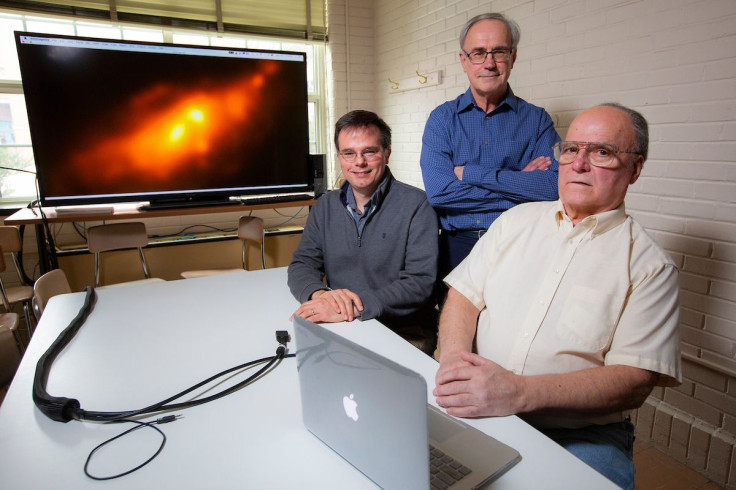77-Year-Old Amateur Astronomer Helped Discover 'Very Rare' Double Nucleus In Nearby Galaxy
KEY POINTS
- Astronomers of a new study revealed that galaxy NGC 4490 has a double nucleus
- NGC 4490 is a nearby galaxy that has been studied since the 1960's
- The first author of the study is a 77-year-old amateur astronomer
In 2011, when he was in his late 60s, electrical engineer Allen Lawrence enrolled in some courses at the University of Wisconsin-Madison to pursue his astronomy hobby. Now, he is the first author of a paper describing a very rare double nucleus structure in a well-known galaxy.
Hobby To Master’s Degree
It was 30 years after operating his own consulting firm that Lawrence went back to school to pursue his astronomy hobby and, he did not waste time looking for a research team to join. When given the chance to study one of two galaxy systems, Lawrence chose NGC 4490/85, which consists of “Cocoon Galaxy” NGC4490 and the smaller NGC 4485.
This nearby system has been well-studied since the 1960s and it was already known as one of the closest merging galactic systems. However, upon studying infrared images of the system, Lawrence observed that it looked like the larger galaxy, NGC 4490, actually had a double nucleus, one of which is visible and the other covered in dust and can only be visible at infrared and radio wavelengths.
Interestingly, it was not the first time that astronomers have seen the two nuclei. However, it is possible that some saw one with an optical telescope and the other with a radio telescope. According to Lawrence, it is possible that the astronomers did not think to compare their nucleus observations, thereby missing the chance to describe the double nucleus.
Now at 77 years old, Lawrence has earned his master’s degree in astronomy and is now the first author of the paper describing the find. His co-authors are professors of physics and astronomy Charles Kerton and Curtis Struck.
Very Rare Double Nucleus
"We examine possible origin scenarios for the infrared feature, and conclude that it is likely that NGC 4490 is itself a merger remnant, which is now interacting with NGC 4485," the researchers wrote. This could explain the extended star formation in NGC 4490 as well as why the system is surrounded by a massive hydrogen plume.
Why does this matter? First of all, such double nucleus galaxies are very rare, which makes Lawrence’s discovery truly impressive. Further, the find has implications for the study of colliding galaxies since, according to Struck, astronomers believe that such double nucleus features may contribute to the creation of supermassive black holes at the center of galaxies.
The study also shows the benefits of looking at an object from different views to better understand it.
“This project demonstrates that using multiple wavelengths from space- and ground-based observations together can really help us understand a particular object,” Kerton said.
The paper is now available online and has been accepted for publication by the Astrophysical Journal.

© Copyright IBTimes 2025. All rights reserved.






















